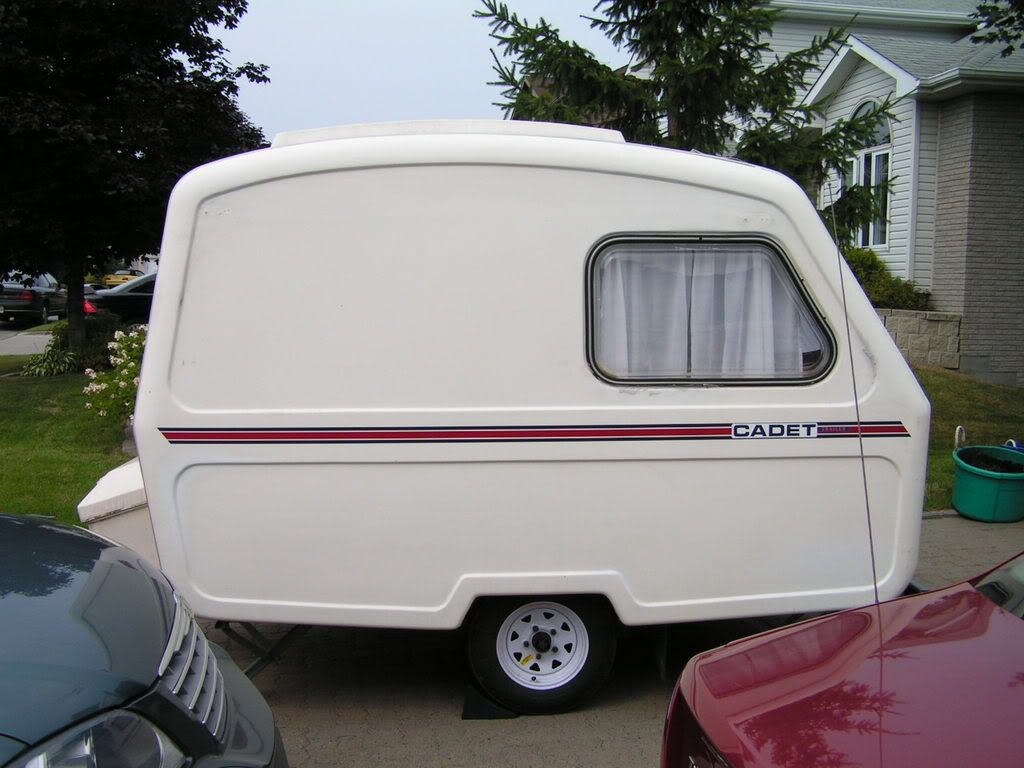My battery is a 110 AH AGM RV battery. I would look at something else now, having learned a little more about batteries. Mine has a somewhat high cranking amp rating which is generally not good for deep cycle capability. Engine start batteries have lead plates with a sponge shape to give a lot of surface area for high cranking amps. The problem is that the sponge shaped plates tend to crumble under repeated deep cycle and end up in the bottom of the battery case. A battery that is
not intended to start an engine, as with golf cart, boat trolling motor or solar power system, is more likely to have solid flat lead plates with better deep cycle capability.
Deep cycle batterys tend to be heavier because of the thicker and more solid lead plates. That is definitely a consideration for me, especially since my back surgery. My 110 AH battery weighs 78 lbs. Two batteries that each weigh less would be a plus for me.
AGM material between the plates if possible is still my choice because, like gel cell, the battery can be sealed and AGM is less sensitive to higher voltage charging, to which the tow vehicle or some chargers might subject the battery. But cost is also a factor and the flooded cell batteries certainly have the advantage in that regard.
I would not worry too much about using two batteries if they are identical and start out new together. This may be the best option if you want a lot of AH's, and want to be able to lift the batteries without too much strain. When the time comes I would replace them as a pair like the D-Cell batteries in a flashlight.
Keeping batteries on a maintenance charge when not in use is also good. I cannot do that when my trailer is at its storage place, so I try to bring it over to the house once a month in the off season to charge it up again. Usually I am working on the trailer anyway and have it in the garage for that.
Bill





